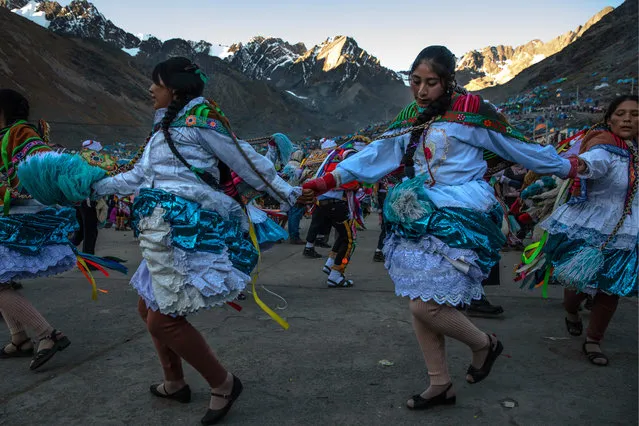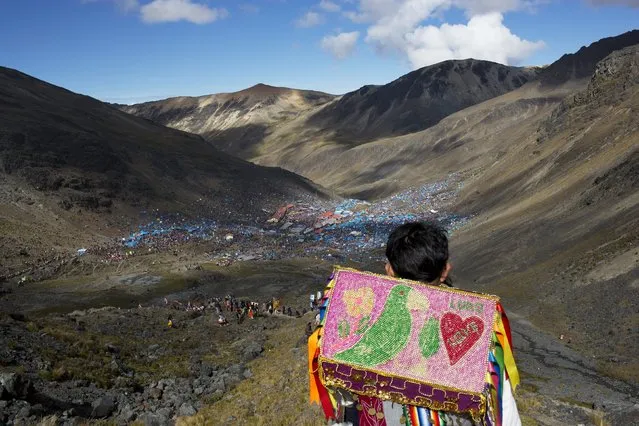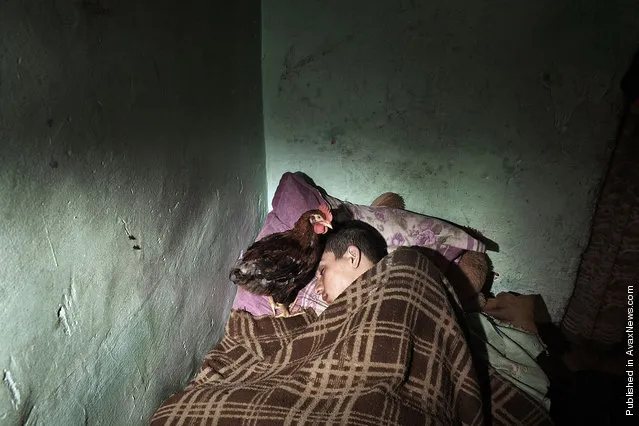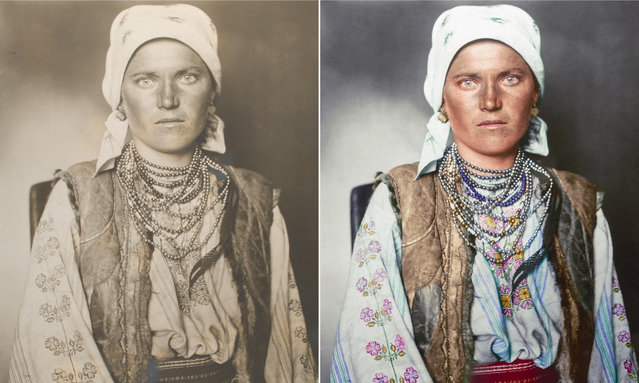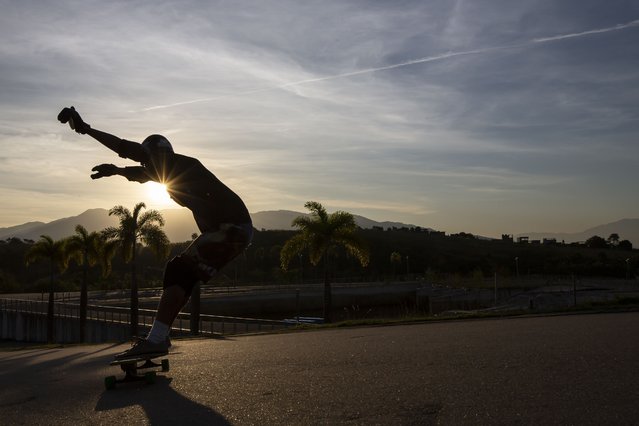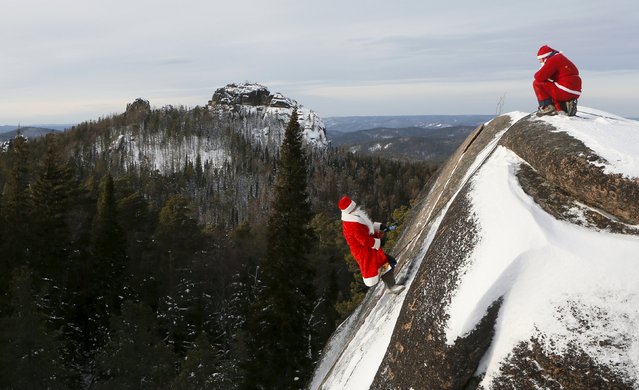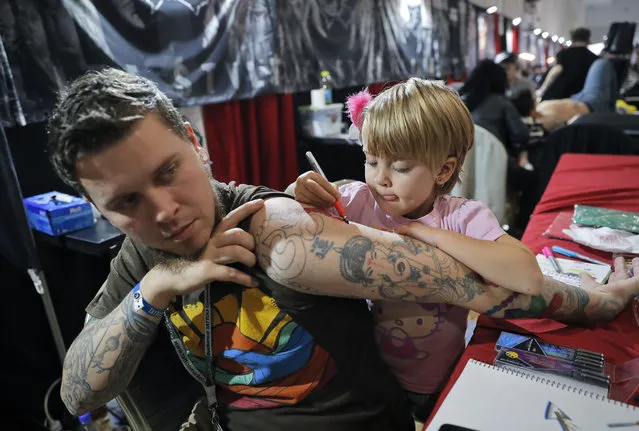
Ave, 4 years-old, of the United States, paints on her father's hand during the International Tattoo Convention Bucharest 2016 in Bucharest, Romania, Sunday, October 16, 2016. Prominent tattoo artists from across the world displayed their skills in the Romanian capital over the weekend. (Photo by Vadim Ghirda/AP Photo)
18 Oct 2016 12:33:00,post received
0 comments

